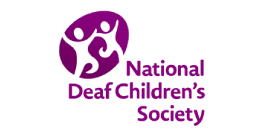

A hearing loop means you’ll be able to hear just the sound source, clearly and crisply, without disturbing background noise.

Get in the ‘T’ position
Hearing aids need to be switched to the ‘T’ setting in order to convert the magnetic signal from the loop back into sound.
The ‘T’ stands for ‘telecoil’. Most hearing aids have one but not all. Talk to your audiologist to find out whether your hearing aid has a telecoil and ask them how to use the setting.
IMPORTANT – Check with your audiologist to ensure they have activated the T-setting programme in your hearing aid.
Hearing loops are generally installed so that you can’t see them. Once installed, they normally stay on permanently. The blue ear sign lets you know that a venue has assistive listening services available. It’s a sign that’s recognised and used globally. If the sign has a ‘T’ next to the ear it indicates that a hearing loop is installed.
How to use a hearing loop in different types of venues
- A shop or supermarket with a number of checkouts might not have a loop system at every till point so check which ones carry the sign.
- Hearing loops in large venues like a railway station concourse or a theatre might not cover the entire area. Look for the blue sign to show where to get the best listening experience.
- Some retailers and services will have a portable loop – a pharmacy, for example, may have one they can use in their consultation room.

What to do if it doesn’t work
Ask if the loop is turned on. If it’s a portable loop, it may need charging. Make sure your hearing aid is switched to the ‘T’ setting and that you’re standing in the right place. Try moving position to see if the signal gets stronger.
If you need help on how to use a hearing loop when out in public, don’t hesitate to ask for what you need, to help you access a service or a venue. The venue will welcome you letting them know if the loop isn’t working or working well.
It may be that the ‘T’ button on your hearing aid isn’t working. Check with your audiologist.
If you need more information on how to use a hearing loop, take a look at our FAQ page or get in touch with our team.

Let’s hear
The International Hearing Loop Manufacturers Association (IHLMA) have created a tool which maps out the provision of hearing loops across the UK, and allows hearing aid wears to locate, rate and review hearing loops in shops, banks, businesses or public buildings across the country.
Charities and support organisations

RNID
RNID works to make life fully inclusive for deaf people and those with hearing loss or tinnitus. As well as campaigning, it connects people to practical advice and pioneers new treatments.

Hearing Link
Hearing Link aims to ensure that people living with hearing loss can find information, specialist services, and social contact in order to live well with hearing loss. It merged with Hearing Dogs for Deaf People in 2017.

European Federation of Hard of Hearing People
Based in the Netherlands, EFHOH consists of 24 organisations of/for hard of hearing and late-deafened people, parent organisations and professional organisations at a European level in dialogue with the European Union, members of the European Parliament, and other European authorities.

HLAA
The Hearing Loss Association of America is the nation’s leading organisation representing consumers with hearing loss. Learn more about the HLAA on their HLAA toolkit page.

CHHA
Founded in 1982, the Canadian Hard of Hearing Association is the national voice FInd out more of Canadians living with hearing loss.

Deaf Foundation
Wellbeing and equality are at the forefront of the work of Deaf Foundation in Australia. The charity works to facilitate access, awareness, diagnosis, treatment and prevention for people with hearing loss.

International Federation of Hard of Hearing People
IFHOH represents the interests of more than 466 million hard of hearing people worldwide. It has special consultative status with the United Nations Economic and Social Council (ECOSOC), affiliation with the World Health Organization (WHO), and membership in the International Disability Alliance (IDA).

Purple
Purple aims to help businesses develop their approach to current and future disabled staff and customers. Its awareness event, Purple Tuesday, is held each November and aims to improve the customer experience for disabled people 365 days a year.
Further sources of information and support
 MADE IN THE UK: We’re proud to say our Contacta designed products are manufactured in the UK
MADE IN THE UK: We’re proud to say our Contacta designed products are manufactured in the UK





